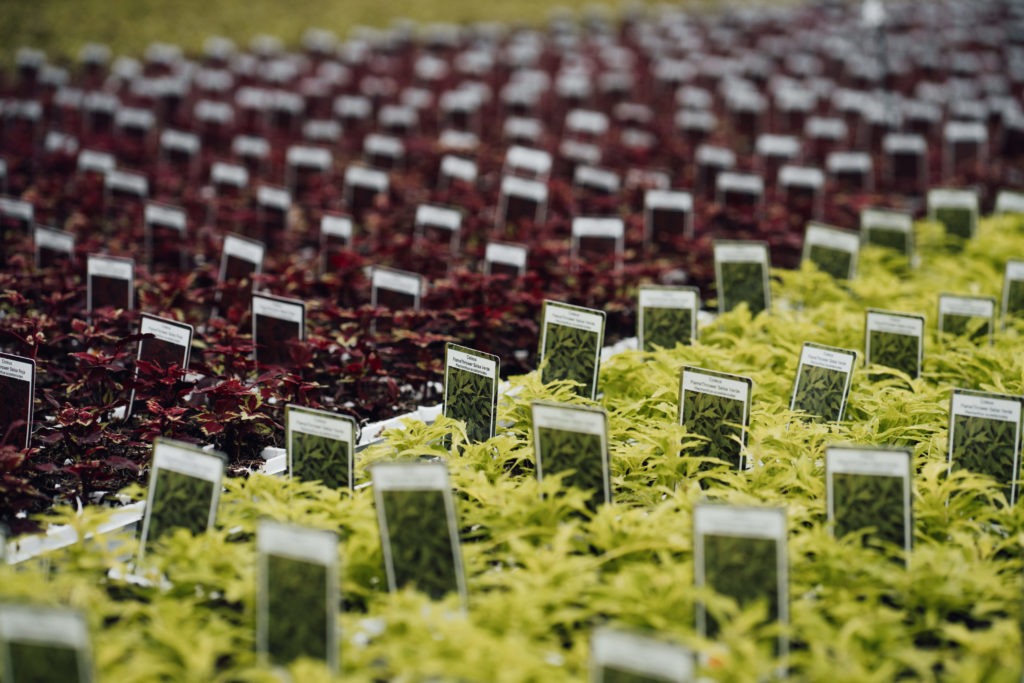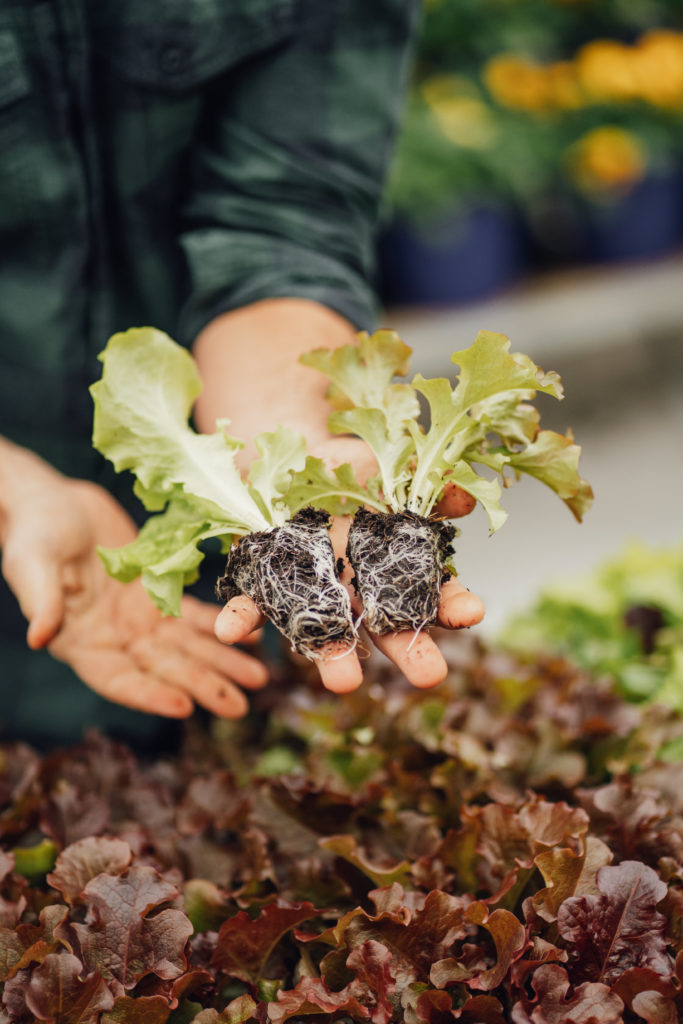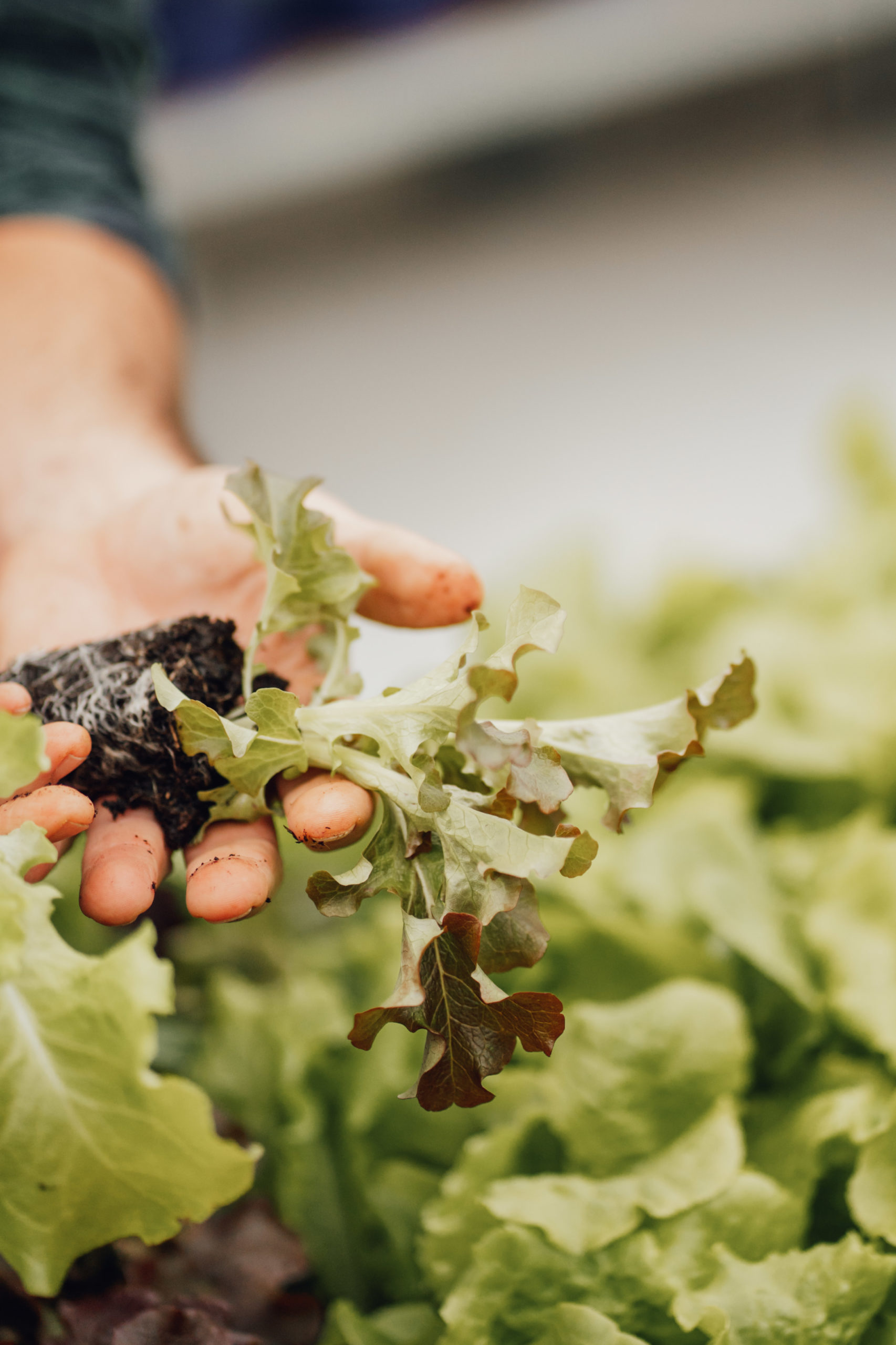Growing Vegetables – An Early Spring Checklist
Is this the year you’ll start growing your own food? We’ve waited all winter to get back in those gardens and get our hands dirty. Early spring is a time for preparation! If it’s still too early to plant your vegetables, you can find many jobs to keep you busy as we wait for the warmer weather.
Growing vegetables is fun and rewarding (fast forward to that tasty tomato sandwich!). But it also requires time, dedication, and a bit of elbow grease. If you’re new to gardening, you may want to start small, test it out, and see what works for you.

Prepping your Vegetable Garden in Early Spring
1. Choose your spot.
If you are just starting, now is the time to choose an appropriate site to grow your vegetables. Look for a spot that gets at least 6 hours of sun every day, has rich, fertile soil, is within reach of your garden hose, and has good drainage. If you don’t have enough space in your garden, you can grow lots of vegetables in a raised garden box or pots on the patio.

2. Get your hands dirty.
Great vegetable gardens grow out of rich, fertile soil! You’ll want to dig deep, break up any compacted or clay soil, and mix in a rich, organic soil that includes composted manure. This will ensure your vegetables will have plenty of nutrients without much fertilizer throughout the season.

3. Plan your crops.
Before you hit the garden centre and get overwhelmed by options, I always recommend planning your garden and creating a checklist. When planning your crops, answer the following questions:
- What does your family like to eat?
- How much room do you have?
- How much sunlight do you get?
- What is the harvest time for each vegetable?
- How much space does each plant need to grow?


4. Sow seeds indoors.
Mid-March to early April is a great time to start vegetable seeds indoors. Once you have picked which veggies you’ll be growing this year, you’ll know how and when to start your seeds. Check for the last frost date in your area, and work backwards, following package directions for germination time.

5. Start planting.
The best vegetables to grow in early spring are ‘cool crops’ such as Swiss Chard, radishes, and lettuce. They can all be grown from seed when the ground is no longer spongey. Once the risk of severe frost has passed, you can also plant Canada’s only perennial vegetable crops, asparagus and rhubarb.
The Farmer’s Almanac has a guide to help you find the best times to start your seeds indoors and plant your vegetables.

Frankie’s Early Spring Checklist for Vegetable Gardens
- Choose a sunny spot
- Add rich, fertile soil with composted manure
- Pick the vegetables your family loves!
- Plan your garden so taller plants won’t shade out smaller ones.
- Plant cool-season vegetables such as radishes and lettuce.
- Plant perennial vegetables
- like asparagus or rhubarb.
- Grow raspberries, blueberries, and strawberries.
- Consider adding a fruit tree to your property.
- Add summer vegetables once early crops finish.

Growing vegetables is a wonderfully rewarding venture. There’s nothing like serving up a delicious meal knowing that most (or all) of it was grown right in your backyard. If you’re ready to start your vegetable garden this year, my book Get Growing is packed full of helpful tips to set you up for success!
Good Luck!
Frankie





